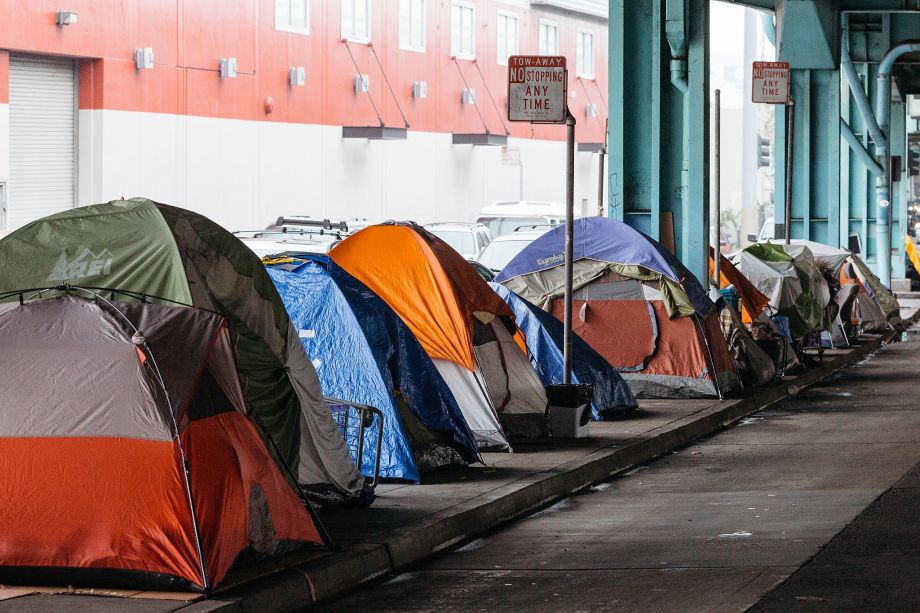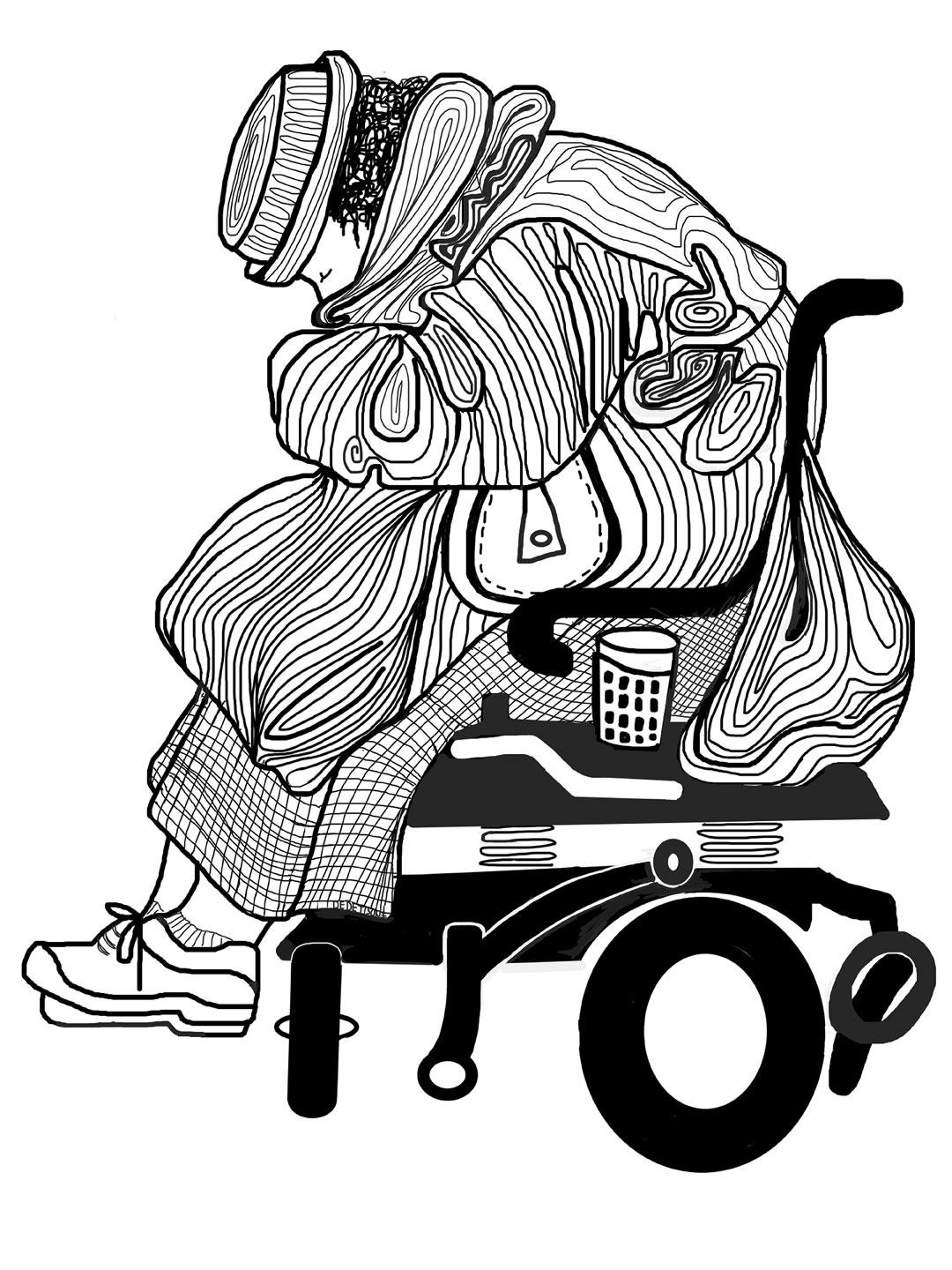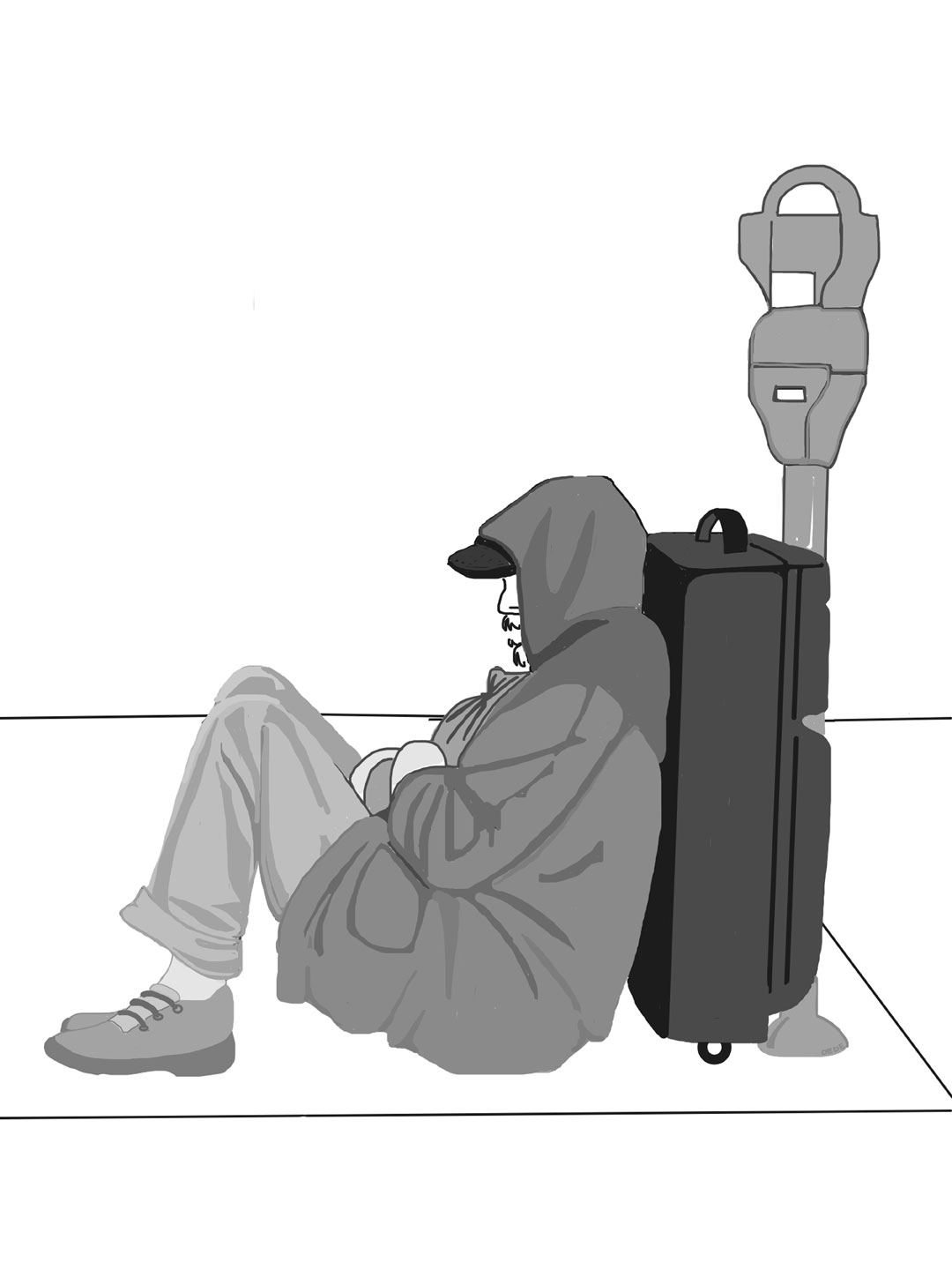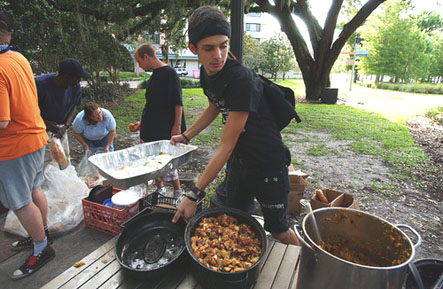Despite the lack of affordable housing and increasing gentrification and displacement, U.S. cities have continued to attack homeless people through criminalization. More concerned about keeping homeless people from the public gaze rather than providing housing to women, children, adults, people with disabilities, and elderly people, there has been an increase in anti-homeless laws across the nation.
While the criminalization of homeless and poor people is nothing new, it is the steady increase that is most concerning. According to a 2016 UC Berkeley report on California’s vagrancy laws, San Francisco now has 23 anti-homeless laws under its belt, the highest of any city in California. Surrounding Bay Area cities are not much better: Berkeley, Oakland, and San Jose have 12, 14, and 15 anti-homeless laws respectively.
Shining a light on these issues is the recently-published 2016 report “Housing, Not Handcuffs: Ending the Criminalization of Homelessness in U.S. Cities” by the National Law Center on Poverty and Homelessness. The researchers have aggregated data from 187 U.S. cities since 2006. From that report, we’ve summarized the top 6 ways that unhoused people are unfairly criminalized on a day to day basis:
1. Camping in Public
Laws that prohibit homeless people from camping often prohibit them from utilizing any resource that might be their only option for shelter, especially when most city shelters have a long wait-list. (As of today, San Francisco’s shelter waiting list is at 1007–and that’s just for adults.)
33% of cities prohibit camping in public city-wide, a 69% increase over the past ten years. 50% of cities prohibit camping in particular places.
2. Sleeping in Public
Sleeping is a basic life-sustaining activity; however, across America, there are laws against sleeping in public, which can range from where, when, or how long a person sleeps. For example, in Louisville, KY, sleeping is prohibited “during hours of darkness.” Homeless people have no where else to sleep except in public.
Sleep deprivation has been used a form of torture, and chronic lack of sleep can lead to a slew of mental, psychological, and physical problems.
18% of cities prohibit sleeping in public city-wide. 27% of cities prohibit sleeping in particular public places.
3. Sitting or Lying Down in Public
47% of cities prohibit sitting and lying down in public, a 52% increase since 2006. These sit/lie laws punish homeless people for resting when they have no where else to go.
4. Pandhandling
61% of cities prohibit panhandling in particular public places. Often, panhandling is necessary for homeless people to survive and obtain money that they use for items necessary for survival such as medication, feminine hygiene products, and transportation fees.
5. Living in a Car
Often times, living and sleeping in a vehicle are a person’s means of surviving without having to live directly on the streets. Still, 39% of cities prohibit living in vehicles.
6. Sharing Food in Public
In one of the most ridiculous bans against providing services to homeless people, 6% of cities restrict sharing free food in public, under the belief that providing food will encourage homeless people to remain homeless. These types of laws limit homeless service providers and other individuals from serving homeless people food in public—and instead exacerbate food insecurity and hunger.
The criminalization of homeless people does nothing to solve homelessness. Last year, San Francisco spent a whopping $20.5 million dollars on quality-of-life citations, which include enforcing laws that ban homeless people from sitting or lying down on side walks “sit/lie laws.” This money could instead be used to house people. Law enforcement does nothing to address the needs of the homeless population, and instead exacerbate barriers to housing by punishing the poorest with fines or jail time.
What America needs is housing, not handcuffs.





